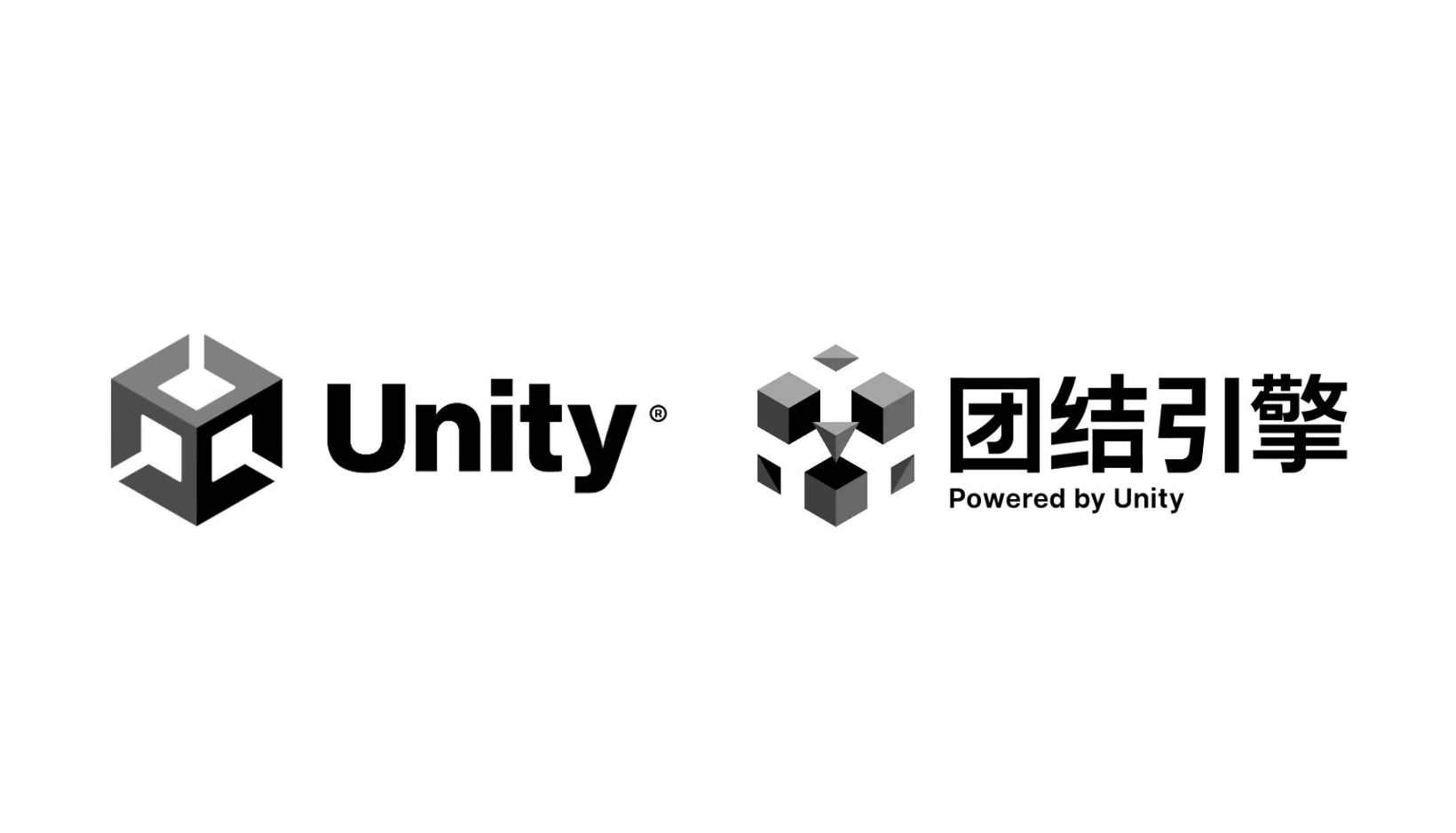The Unity Engine Car Machine Version is a high-performance real-time 3D engine platform designed for automotive companies and car machine developers. Based on a deeply customized Unity 2022.3 LTS, it retains core advantages such as cross-platform compatibility, high-quality graphics, and low barriers to entry, specifically optimized for in-car scenarios. It fully supports mainstream platforms like HMI Android, QNX, and Embedded Linux, and provides a complete development toolchain that covers the entire development, debugging, and packaging process.
In addition to robust platform compatibility, the Unity Engine Car Machine Version introduces several innovative core features aimed at intelligent cockpit applications, including variable rate rendering (VRS) for low computing power devices and the App View feature that allows seamless integration of native Android applications into 3D scenes. These features enable the creation of immersive HMI interfaces.
Moreover, the engine has undergone multiple performance optimizations, such as faster startup processes, lower memory and thread resource usage, and a significant reduction in unnecessary resource overhead. It also supports visual customization of thread priority, significantly enhancing overall operational efficiency.
The Unity Engine combines powerful graphics capabilities with localized deep optimizations to meet the diverse demands of intelligent cockpits for efficient rendering, resource savings, and stunning visual experiences. This supports automakers in creating a new generation of smart human-car interaction experiences and leads the transformation of in-car 3D HMI technology.
Key Advantages: 1. Multi-platform high compatibility, stably supporting complex cockpit systems across mainstream systems including HMI Android, QNX, and Embedded Linux. It offers rich graphics API support, such as OpenGLES and Vulkan. 2. The engine architecture is customized for the cockpit and features a new URAS (Render As Service) architecture that embeds the engine into native Android apps, supporting multiple views and allowing non-fullscreen rendering without relying on Activity; the flexible architecture supports multi-process modes, saving system resources. 3. A rendering solution more suitable for cockpits provides VRS (Variable Rate Shading), allowing developers to dynamically adjust computation based on scene needs, achieving high-quality rendering in focus areas and intelligent down-sampling in secondary areas, significantly reducing GPU overhead while ensuring visual effects, thus providing a smoother 3D experience for low-power platforms. 4. Native applications and 3D scenes can be integrated using the unique Android App View feature of Unity Engine, enabling any third-party Android application to be embedded in real-time 3D scenes as 2D or 3D components, greatly lowering integration barriers. This multi-application interaction experience offers unprecedented immersion and flexibility for intelligent cockpit applications. 5. Continuous enhancement of security policies supports automotive-grade sustainable development, maintaining commonly used third-party libraries for vehicle machine applications and proactively identifying and repairing potential security vulnerabilities, implementing a closed-loop response to vulnerabilities. Regular updates and risk prevention mechanisms safeguard the smart cockpit of automakers. 6. Fine-tuned performance optimization balances startup efficiency and resource usage, significantly speeding up loading times and reducing cold start wait times. It also introduces thread priority and core binding configuration options, helping developers achieve more granular performance control while balancing visual smoothness and system resource usage to meet differentiated performance needs across multiple vehicle models. 7. An efficient and user-friendly dedicated development toolchain accelerates development, providing complete integrated support for development, debugging, and deployment: supporting screen simulation, real-time preview, and multi-screen interactive debugging without the need for packaging for rapid iterations. Accompanied by continuously updated package ecosystems and typical scene templates, it lowers the entry threshold and speeds up the development process from concept to mass production.
Application Scenarios: Widely used in the development of intelligent cockpit applications, covering mainstream car machine operating platforms such as HMI Android, QNX, and Embedded Linux. Developers can build immersive 3D HMI applications encompassing various modules such as dashboards, vehicle control interfaces, navigation, multimedia, voice assistants, and visual interaction based on this engine, enhancing the human-machine interaction experience in smart cockpits. Additionally, automakers can quickly implement innovative applications such as multi-screen interactivity, AR navigation, 3D maps, in-car entertainment, and intelligent voice visualization based on the Unity Engine Car Machine Version.
Future Prospects: Relying on leading cross-platform compatibility, innovative engine architecture, and efficient rendering technology, the Unity Engine Car Machine Version has become a crucial foundation for intelligent cockpit development. In the future, as vehicle hardware upgrades and diverse application demands increase, the Unity Engine Car Machine Version will continue to maintain and optimize the performance and security of the three platforms: HMI Android, QNX, and Embedded Linux, deepening the integration of multiple applications and cross-system ecosystems, helping automakers rapidly achieve smart interaction and user experience upgrades.
Unity Engine Car Machine Version Application for Intelligent Cockpit Technology

Images


Share this post on: